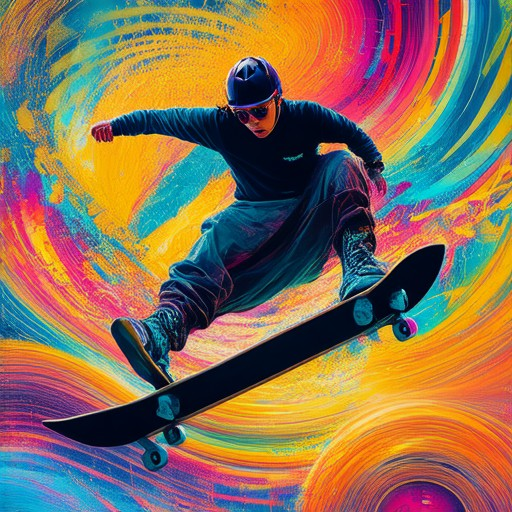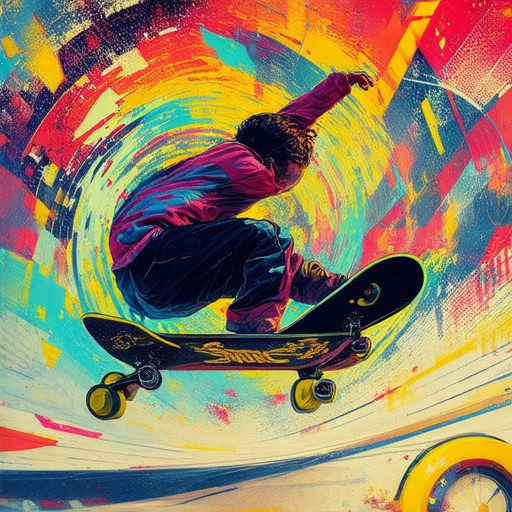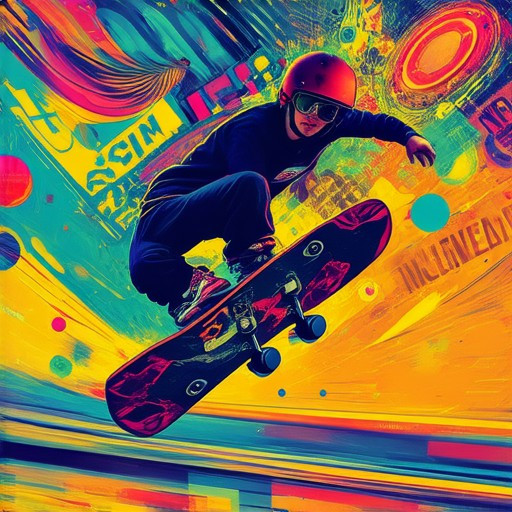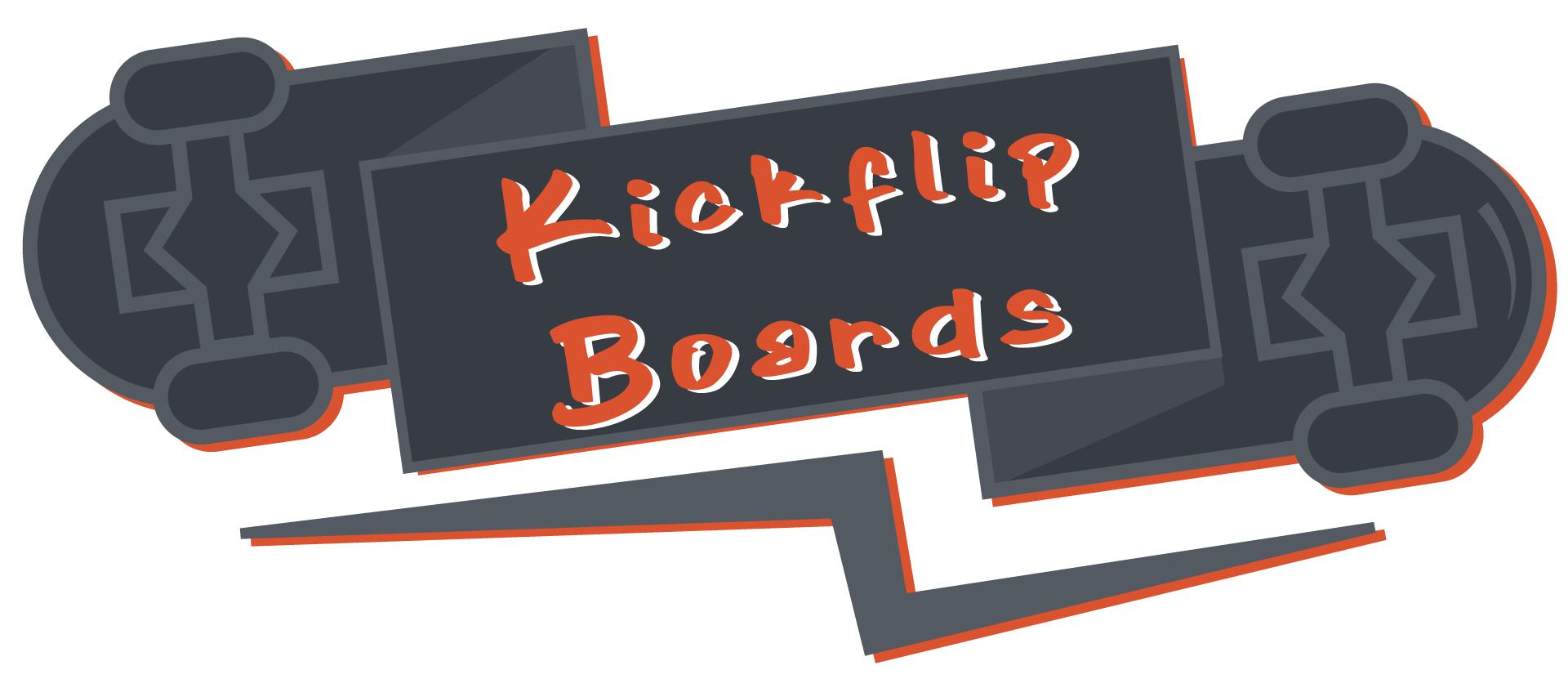Embarking on your skateboarding journey can be both exciting and overwhelming, especially when considering all the essential items and skills required to get started. Whether you’re curious about the right gear, local regulations, or how to master the basics, this guide will walk you through everything you need to know. From understanding the necessary equipment to finding the perfect spot to practice, this comprehensive overview will help you navigate the world of skateboarding with confidence. Discover tips on budgeting, safety, and even how to choose the right style of skating, ensuring you’re well-prepared to enjoy this thrilling sport. Let’s dive in and unlock the secrets to becoming a skilled skateboarder!
Key Takeaways
– Essential Equipment: A complete skateboard setup includes a deck, wheels, trucks, bearings, and safety gear like helmets and pads.
– Proper Setup: Adjust trucks and bearings for optimal performance and stability.
– Footwear: Invest in skate-specific shoes for better grip and support.
– Safety First: Always wear protective gear and prioritize safety in every session.
– Skills to Master: Focus on balance, stance, pushing, turning, and basic tricks to build a solid foundation.
– Accessories and Tools: Carry a backpack, water bottle, and tools for repairs to enhance your skating experience.

What Do I Need to Start Skateboarding?
To start skateboarding, follow these essential steps:
- Choose the Right Skateboard: Select a skateboard based on your skill level and interests. Consider factors like board size (cruisers for casual rides, streetboards for tricks, longboards for stability), shape, and wheel type.
- Evaluate Protective Gear: Invest in safety gear including a helmet, knee pads, and wrist guards to minimize injury risks during falls.
- Find a Safe Skate Spot: Locate a safe and legal area such as a skatepark, empty parking lots, or smooth roads. Check local regulations to ensure legality.
- Learn Basic Skills: Master fundamental techniques like pushing off, balancing, turning, and stopping. Practice on stable surfaces and consider tutorials or lessons for guidance.
- Dress Appropriately: Wear comfortable clothing like loose-fitting shorts or pants and supportive shoes for extended periods of skating.
- Maintain Your Skateboard: Regularly clean your board and check components like wheels and bearings for optimal performance. Utilize local skate shops for maintenance tips.
- Join a Community: Connect with other skaters through local skateparks, online forums, or social media groups for support and tips. Participate in community events to enhance your experience.
- Stay Motivated: Set achievable goals, track progress, and celebrate milestones. Overcome challenges and enjoy the process to maintain enthusiasm.
- Understand Traffic Rules: When skating in traffic, always signal turns, yield to pedestrians, and follow traffic laws for safety.
- Prepare Physically: Engage in cross-training to build endurance and strength, which will improve your skateboarding skills.
By following these steps, you’ll be well-prepared to embark on your skateboarding journey, ensuring a fun and safe experience from the start.
How Much Money Should I Spend on My First Skateboard?
Your first skateboard is an exciting investment, and the cost can vary significantly based on several factors. Here’s a breakdown to help you decide:
- Entry-Level Options: A decent skateboard for a beginner typically costs between $150 and $250. This range offers a good balance of quality and affordability, often including a double kickboard and basic accessories.
- Mid-Range Choices: If you’re looking for something more versatile or durable, expect to spend between $250 and $450. These boards may feature improved components and a variety of styles, making them ideal for intermediate riders.
- Premium Options: For higher performance and advanced features, prices can exceed $450, ranging up to $800 or more. These boards are built for serious riders seeking premium materials and cutting-edge design.
Consider factors like board size (22-24″ for kids, 27-29″ for adults), shape (cruisers, longboards), and brand reputation. Brands like bones, Kryptonite, Santa Cruz, and Element offer varying quality and style at different price points. Always check for safety features and material quality, and decide whether a complete set or separate components are more economical. Buying online or locally can offer diverse options, and checking reviews can help ensure reliability. Whether new or used, the choice depends on your preference and budget constraints.

In What State Is It Illegal To Skateboard Without A License?
- California: It is illegal to skateboard without a license for individuals under the age of 12. Violators may face a fine of up to $100.
- Florida: Skateboarding without a license is prohibited for those younger than 16 years old. Fines can reach up to $250.
- Texas: Similar laws apply, with penalties including fines up to $100 for those under 18 who fail to obtain the necessary permit.

What Equipment Is Needed for a Skateboard?
A complete skateboard setup typically includes several key components that work together to create a functional and enjoyable riding experience. Below is a breakdown of the essential equipment:
- Skateboard Deck
- The deck is the surface you stand on. It comes in various sizes, with the most common being 7.5 inches by 31 inches. Larger decks (like those for cruisers or longboards) offer more stability, while smaller decks are preferred for agility.
- Skateboard Wheels
- Wheels come in different sizes (e.g., 53mm or 56mm diameter) and widths (e.g., 7mm or 8mm). They also vary in hardness (durometer), with softer wheels offering better grip but wearing out faster, and harder wheels lasting longer but providing less cushioning.
- Skateboard Trucks
- Trucks are the axles that hold the wheels in place. They come in pairs (two per side) and feature adjustable clamps for tension. Common truck sizes include 22mm or 24mm flange width, with taller trucks offering more stability and shorter trucks allowing for quicker maneuvers.
- Skateboard Bearings
- Bearings fit into the axle nuts and reduce friction between the trucks and wheels. They are rated by ABEC standards (1-9), with higher ratings indicating faster speeds but shorter lifespans.
- Assembly
- To assemble your skateboard:
- Attach the trucks to the deck using clamps and bolts.
- Mount the wheels onto the trucks.
- Insert the bearings into the axle nuts and tighten them securely.
- Safety Gear
- Proper footwear is essential. Skate shoes with reinforced toe caps and sturdy sole construction are recommended for better control and protection. Additional padding for knees and elbows can help prevent scrapes, and a helmet is crucial for head protection.
- Additional Accessories
- While not always included, accessories like a backpack for carrying gear, gloves for better grip, and a hydration pack can enhance your skating experience. Practice sessions on flat surfaces like parking lots or skate parks are ideal for learning balance and control.
By understanding each component and how they interact, you can build a skateboard that suits your style and skill level. Whether you’re cruising through city streets or tackling challenging terrain, the right setup will make all the difference.
What are the Essential Items and Skills Needed to Start Skateboarding?
Starting skateboarding requires the right combination of equipment, knowledge, and practice. Here’s a breakdown of the essential items and skills you’ll need to get started:
- Skateboard : Choose a board suited for your skill level, from cruiser boards for beginners to street boards for more advanced riders.
- Protective Gear : Helmets, knee pads, elbow pads, and wrist guards are crucial for safety during falls or collisions.
- Shoes : Skateboard-specific shoes offer better grip and support compared to regular footwear.
- Clothing : Dress appropriately for outdoor conditions, including socks, shorts, and a helmet cover for added protection.
- Accessories : A backpack for carrying your gear, a water bottle, and maybe a small tool kit for basic repairs.
- Stance : Find your comfortable and balanced stance with your feet slightly apart and knees bent.
- Balance : Practice standing still on the board and shifting your weight to one foot at a time.
- Pushing : Learn to push the board with your non-dominant foot while maintaining balance.
- Turning : Use your bodyweight to turn the board by shifting your weight and applying pressure to the nose or tail.
- Grinding : Familiarize yourself with edgegrinding and ollies to navigate curbs and transitions.
- Tricks : Start with basics like kickflips and pop shove-it and progress to more complex maneuvers.
Mastering these skills takes practice, so find a safe, open space to practice consistently. For more tips and resources, visit Kickflip Boards to explore guides, reviews, and community insights tailored for skateboard enthusiasts.

What are the essential items and skills needed to start skateboarding?
Essential Items
- Skateboard: A deck, wheels, trucks, and bearings. Choose based on your skill level and preference.
- Shoes: Skate-specific shoes with sturdy sole support for better control and grip.
- Helmet: Mandatory for safety, ensure it fits properly and meets safety standards.
- Pads: Elbow, knee, and wrist pads for added protection during falls or crashes.
- Clothing: Comfortable, breathable clothing like shorts or t-shirts, and socks.
- Backpack: To carry your essentials while skating.
- Tools: A multi-tool for tightening bolts and a spare wheel set.
- Accessories: A water bottle, snacks, and maybe a phone mount for tracking your progress.
Essential Skills
- Balance and Coordination: Practice standing still and shifting weight.
- Stance and Foot Placement: Find your comfortable stance and practice foot placement.
- Pushing and Ollies: Master push pushes and ollies for moving around obstacles.
- Turning and Manoeuvring: Learn how to turn quickly and navigate tight spaces.
- Grinds and Transitions: Practice grinding edges and transitioning between surfaces.
- Basic Tricks: Try basic tricks like kickflips and ollie combos with practice.
- Safety First: Always scan your surroundings and be aware of other skaters and obstacles.
Conclusion
Starting skateboarding requires the right gear and dedication to learning the skills. With the essential items and practice, you’ll be rolling in no time. Enjoy the journey and stay safe!




0 Comments